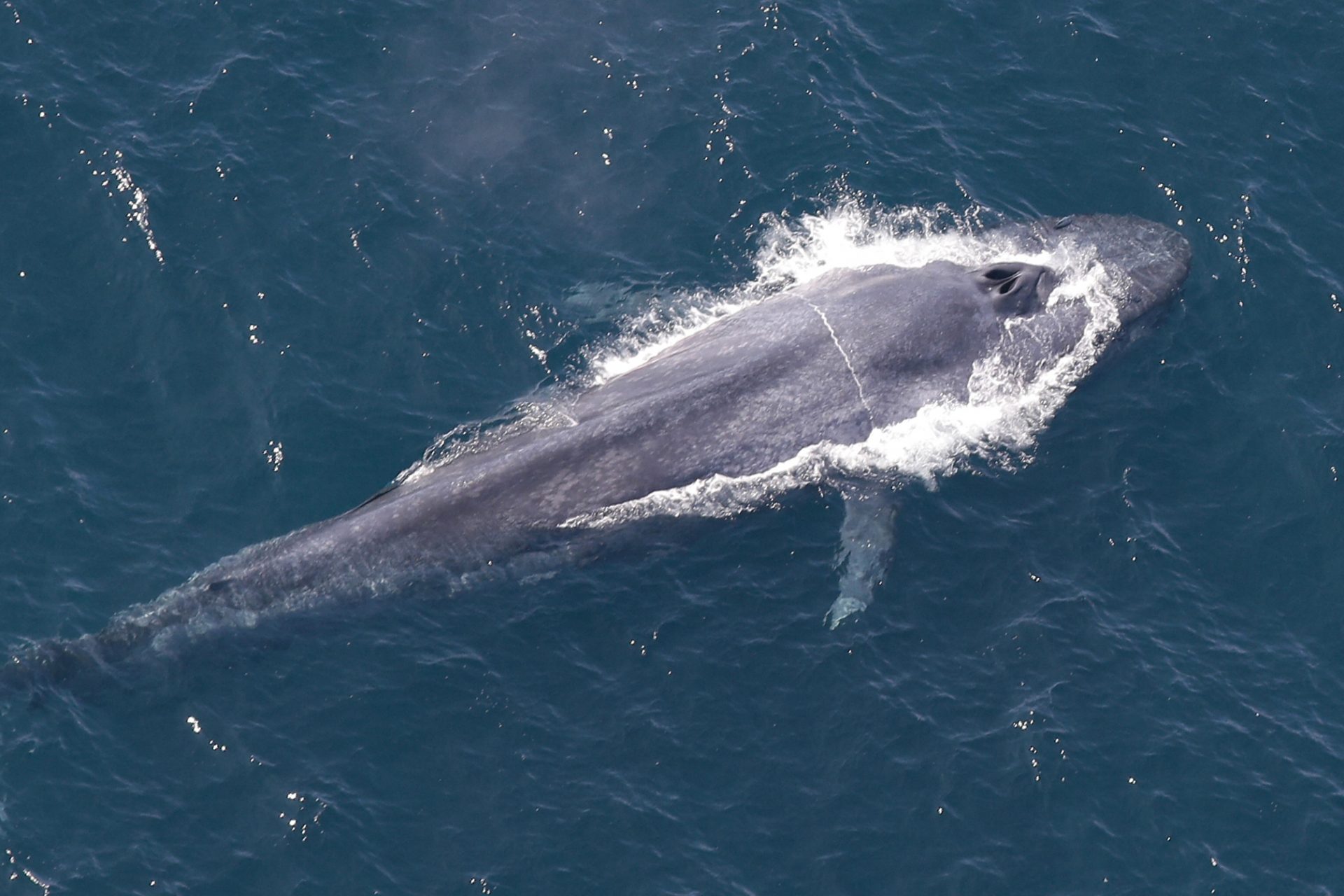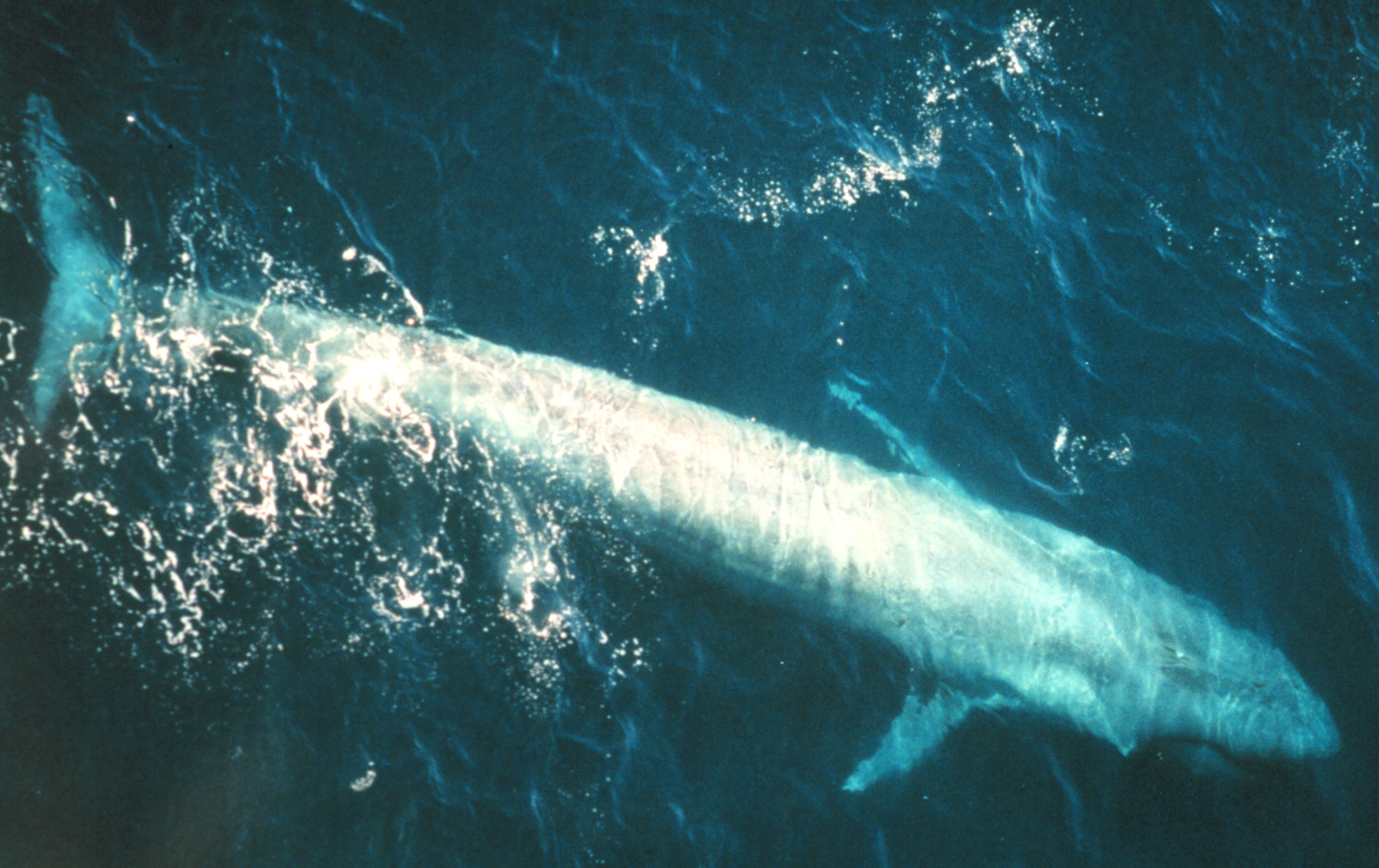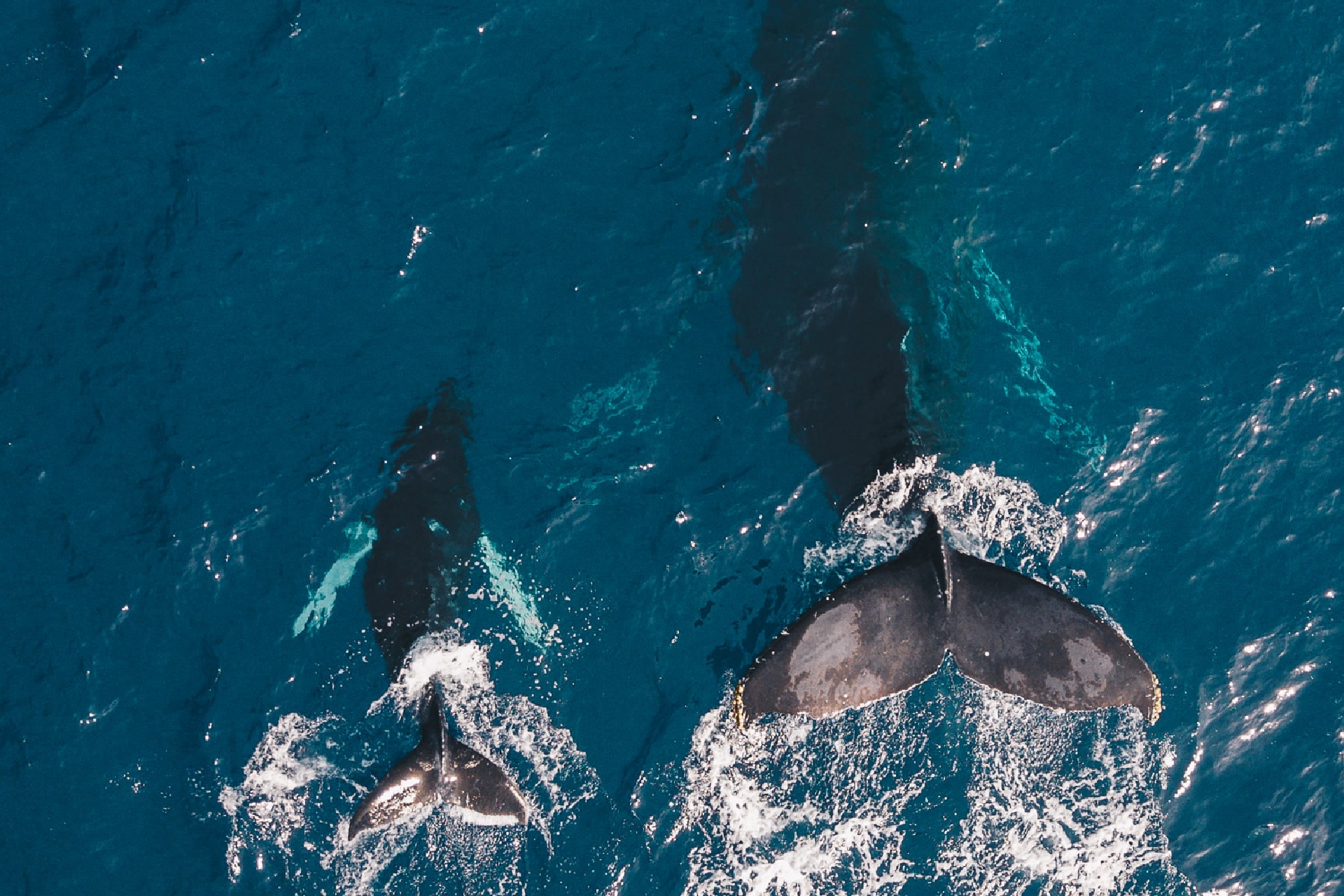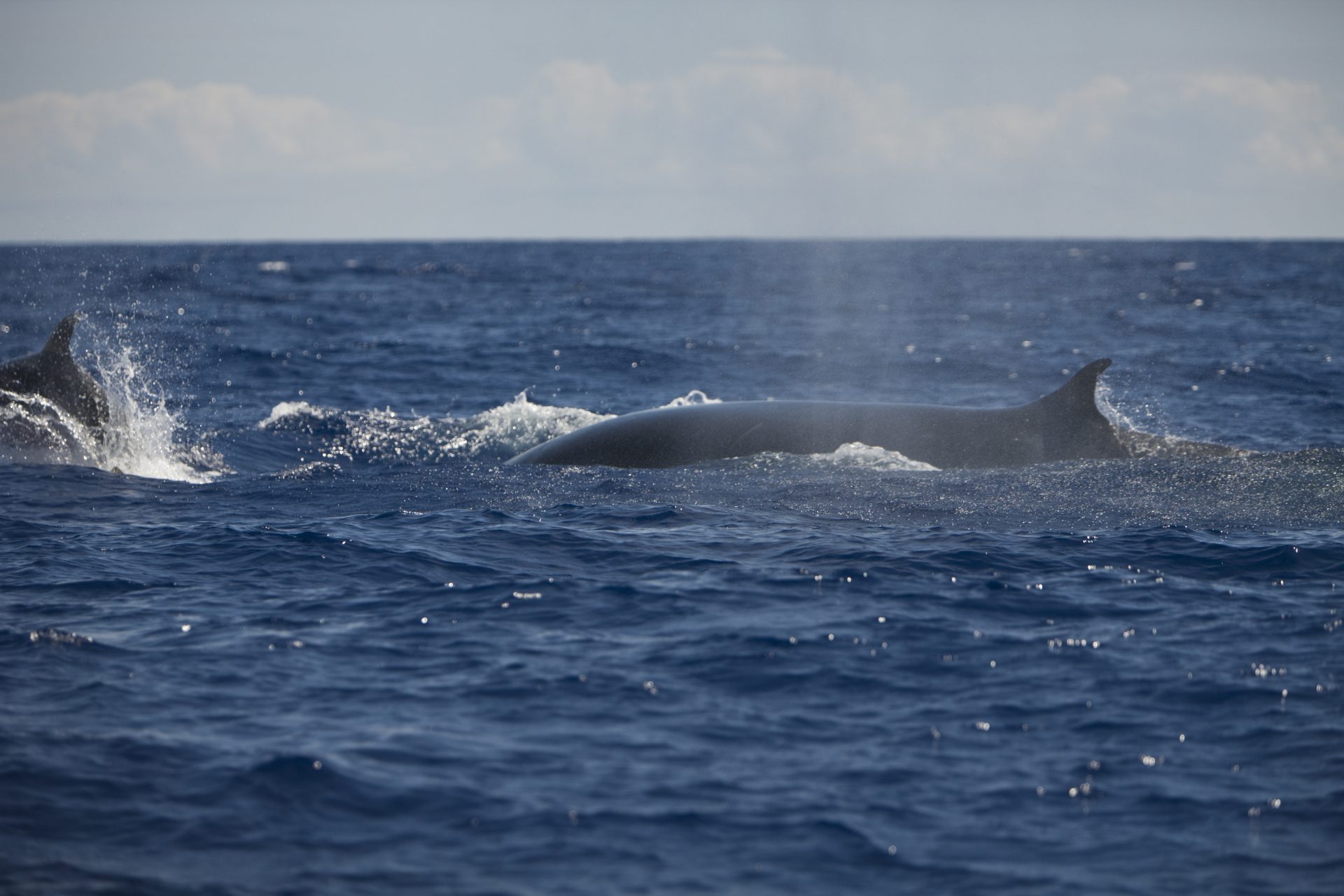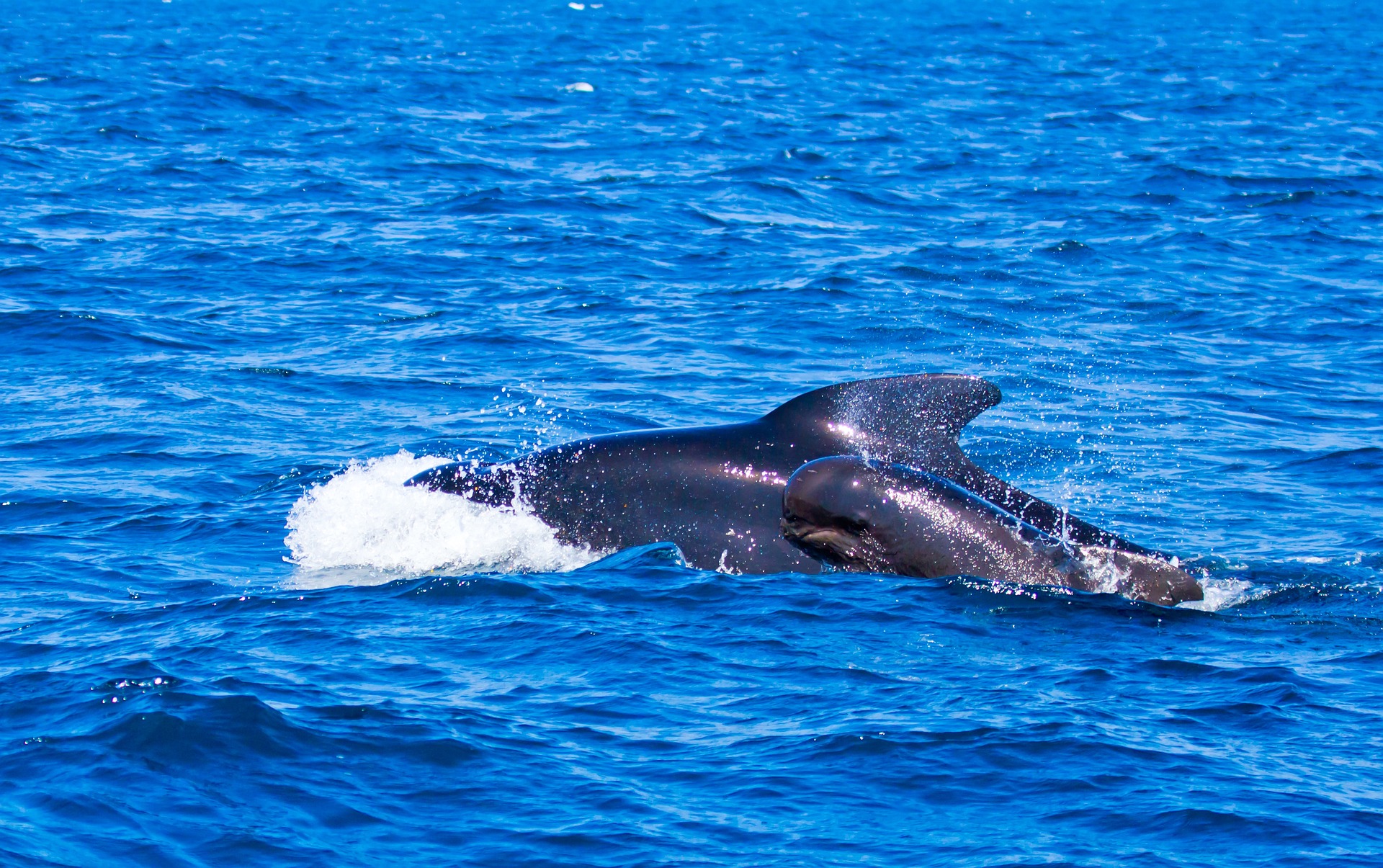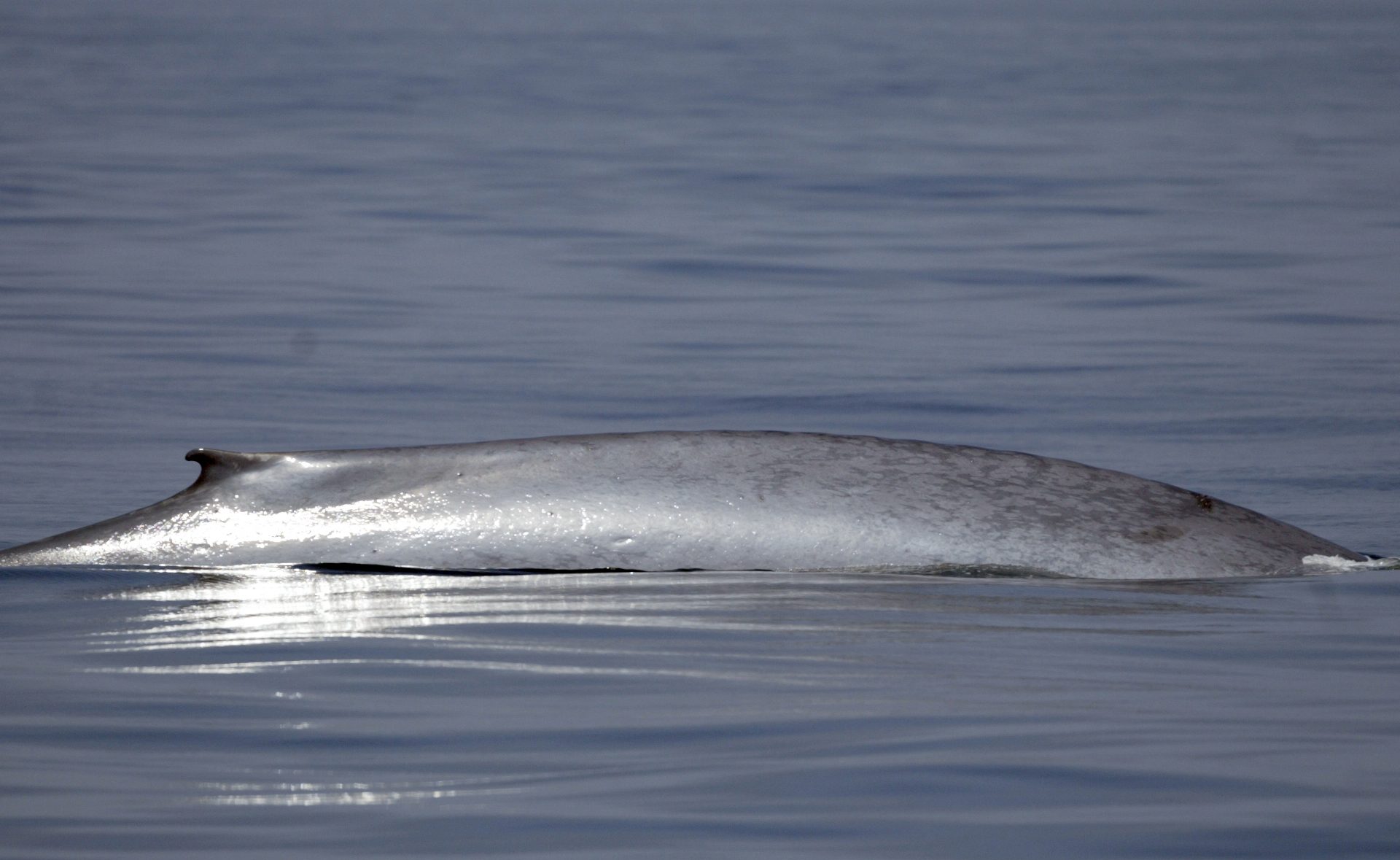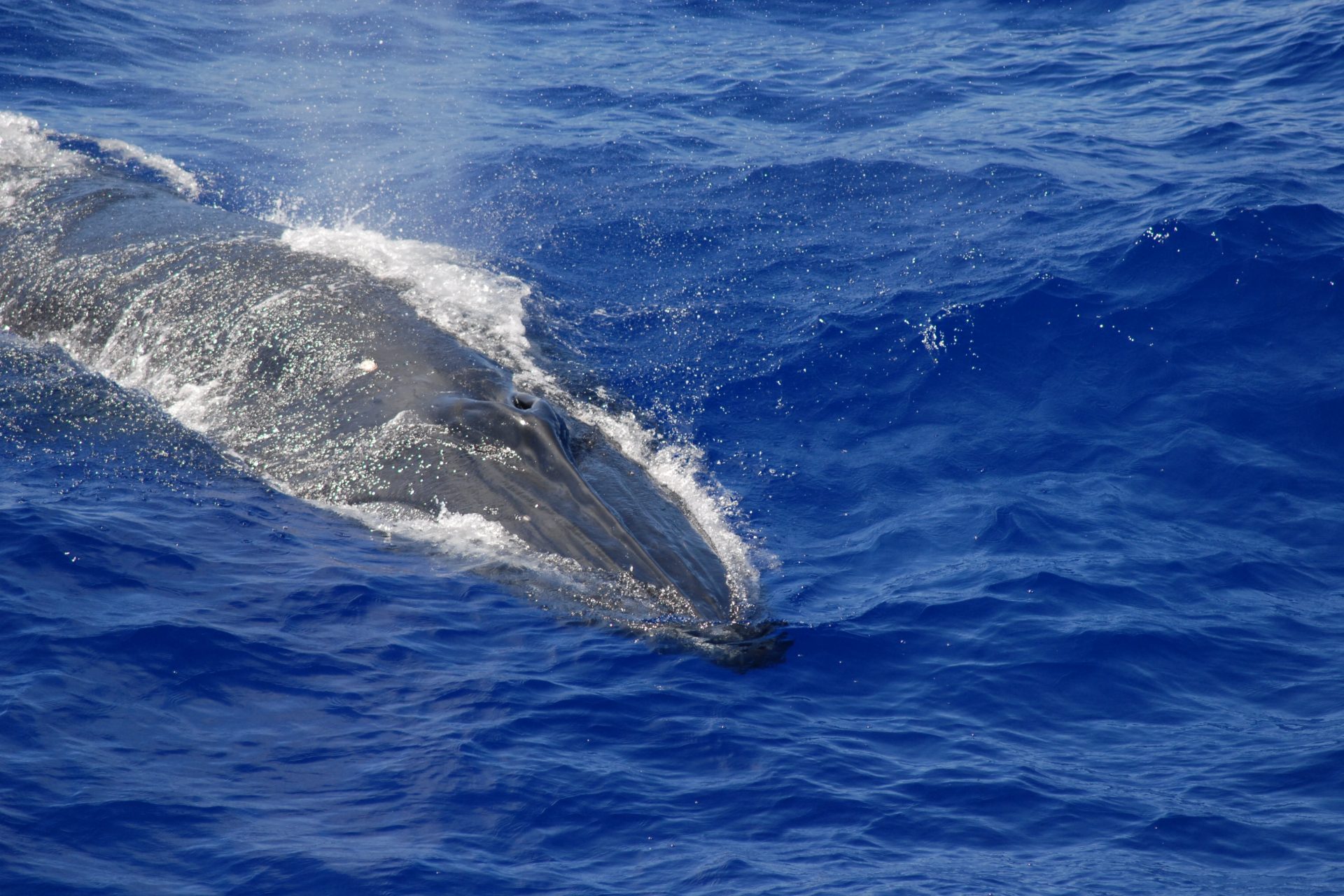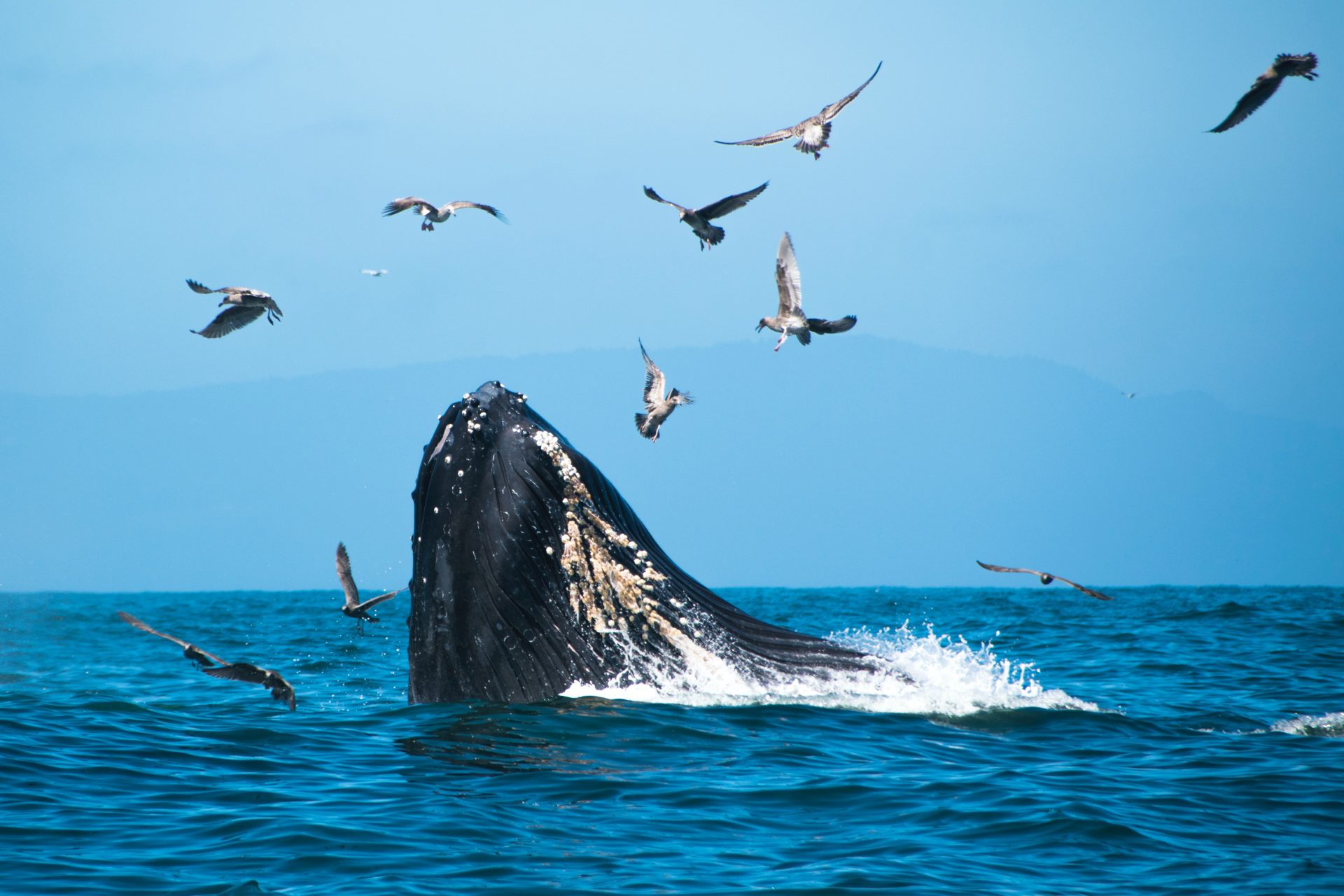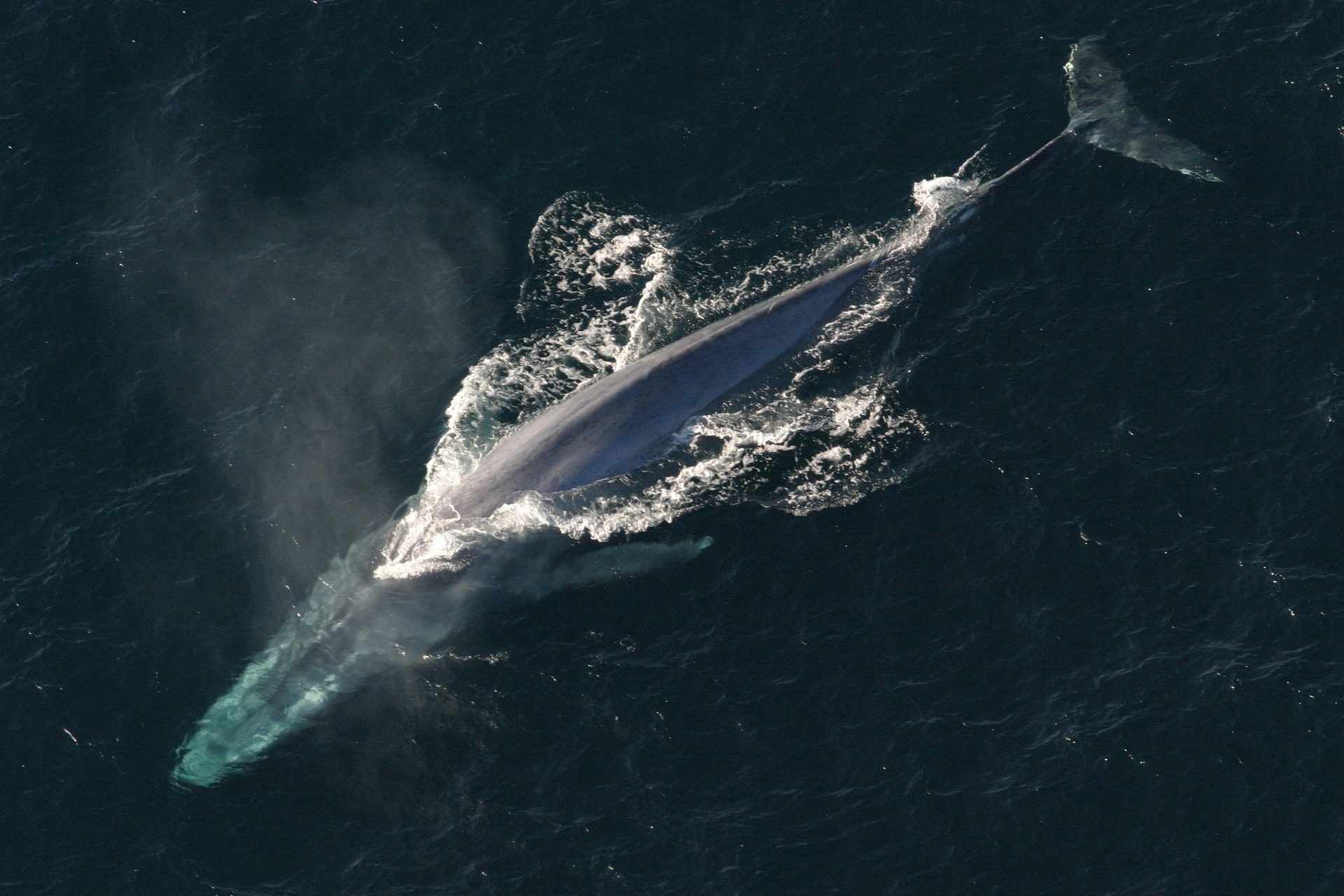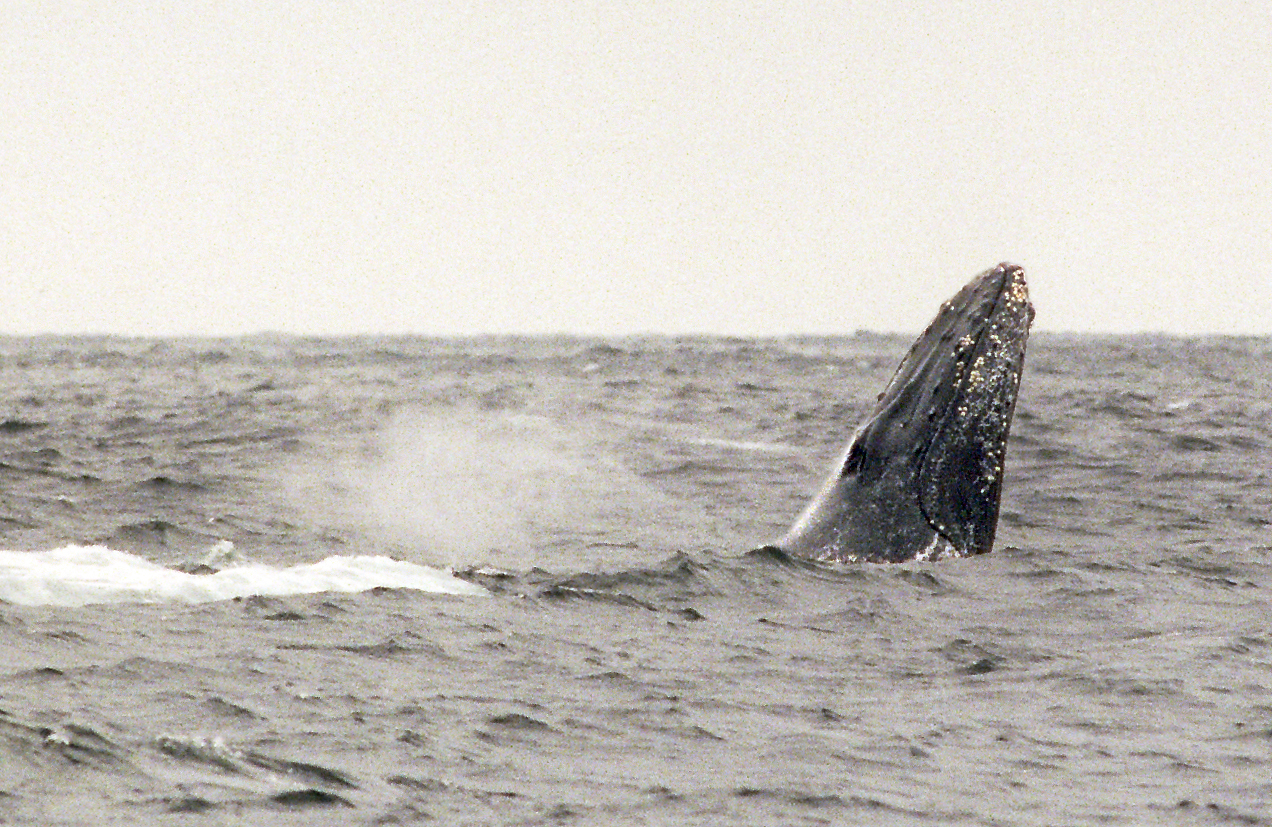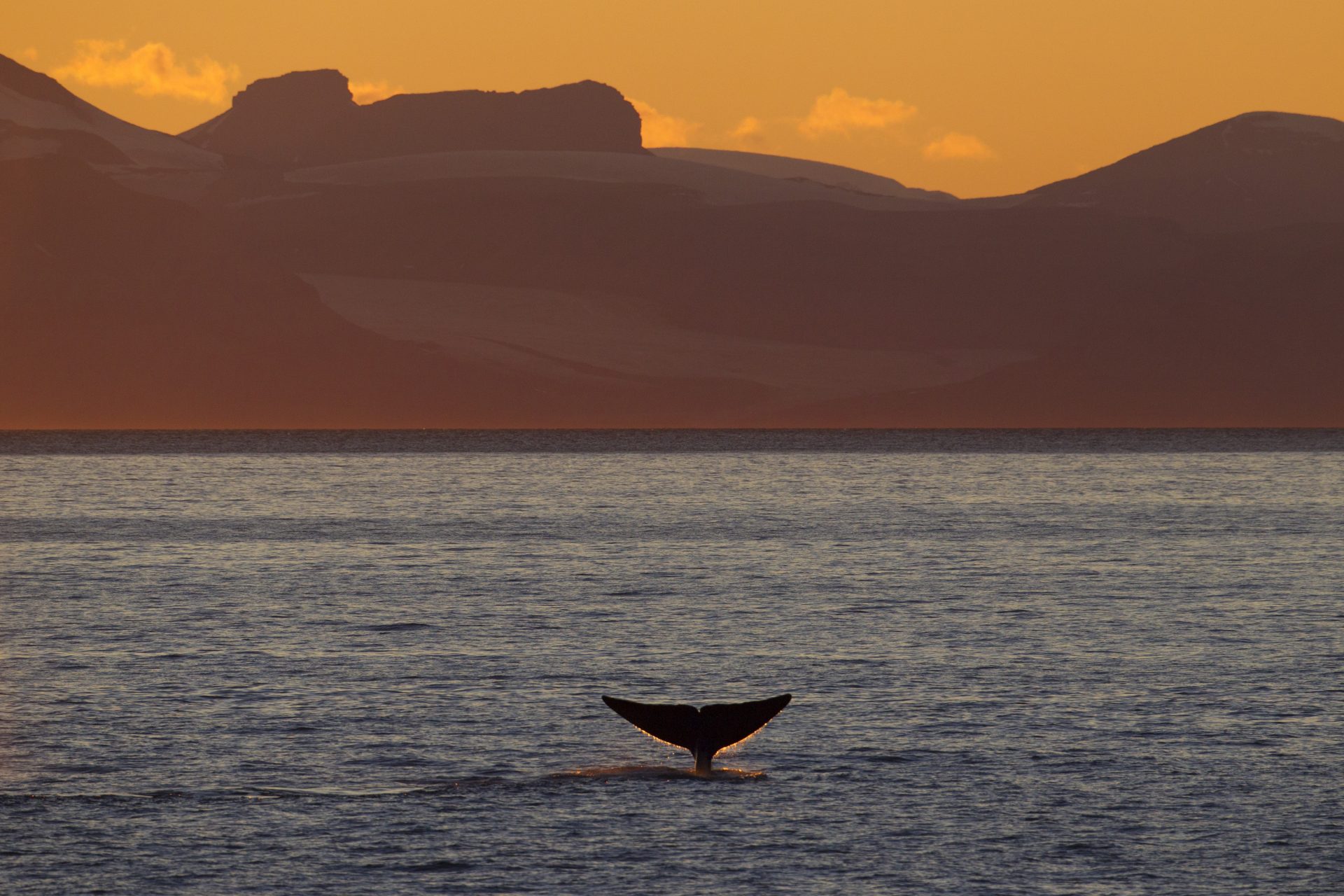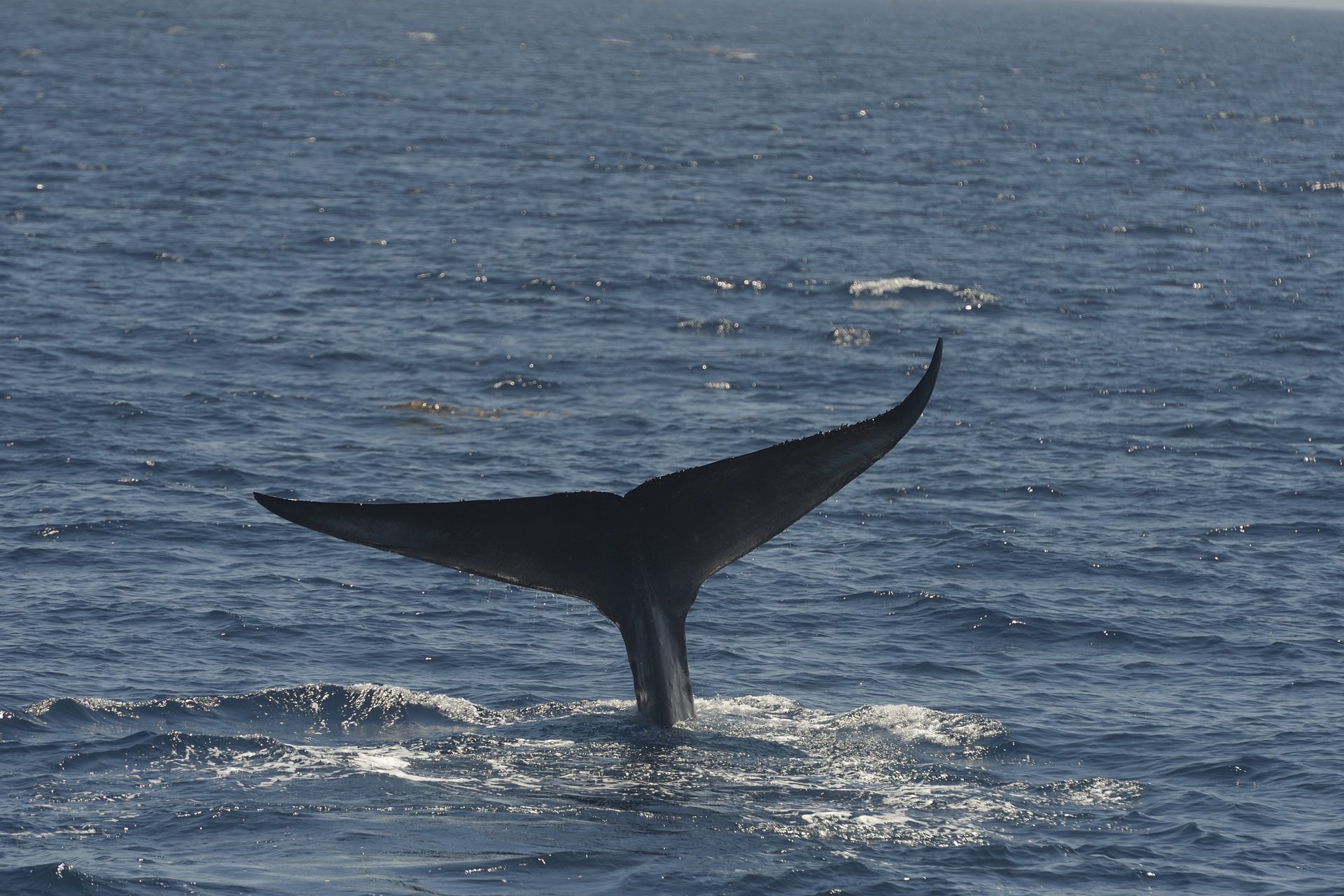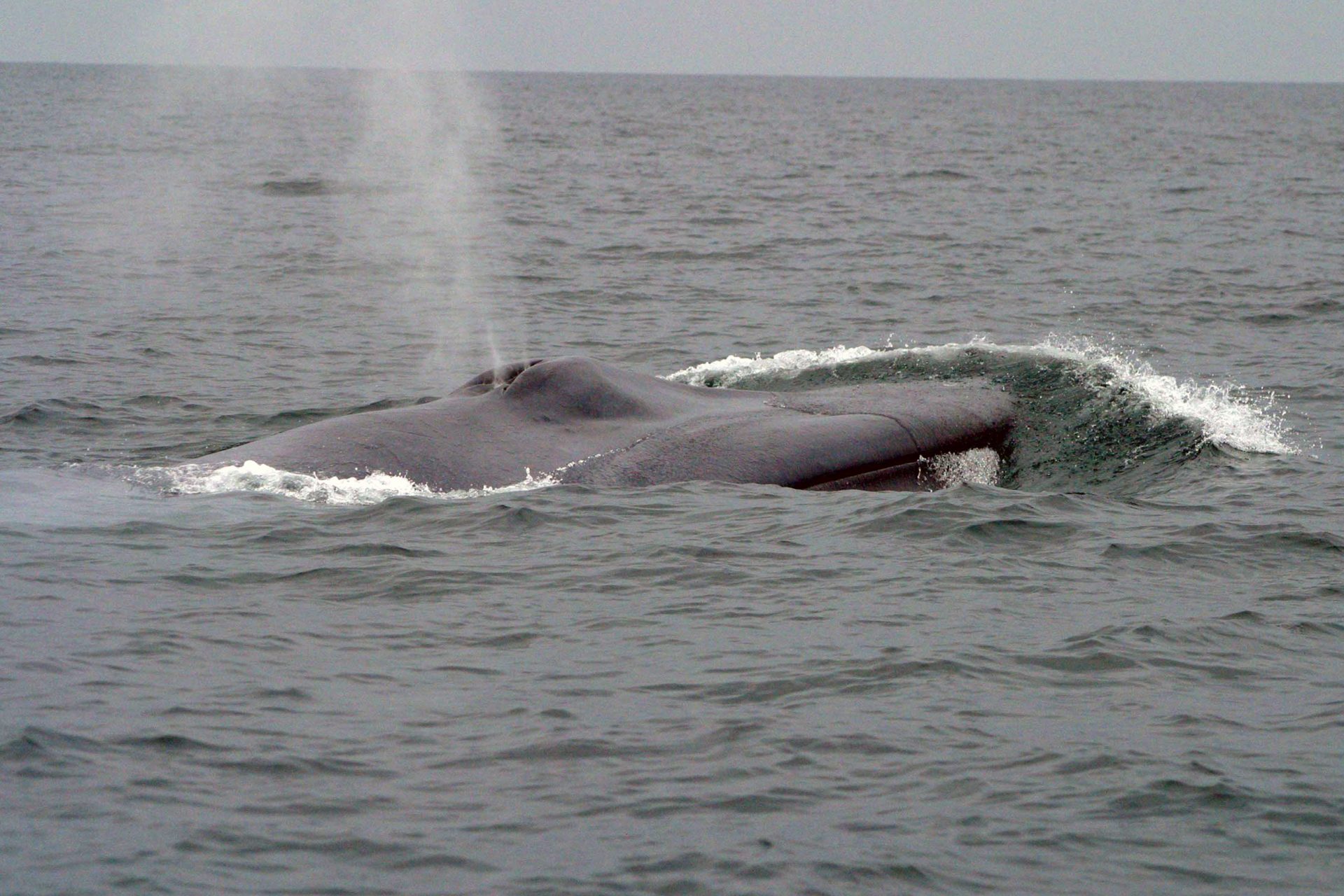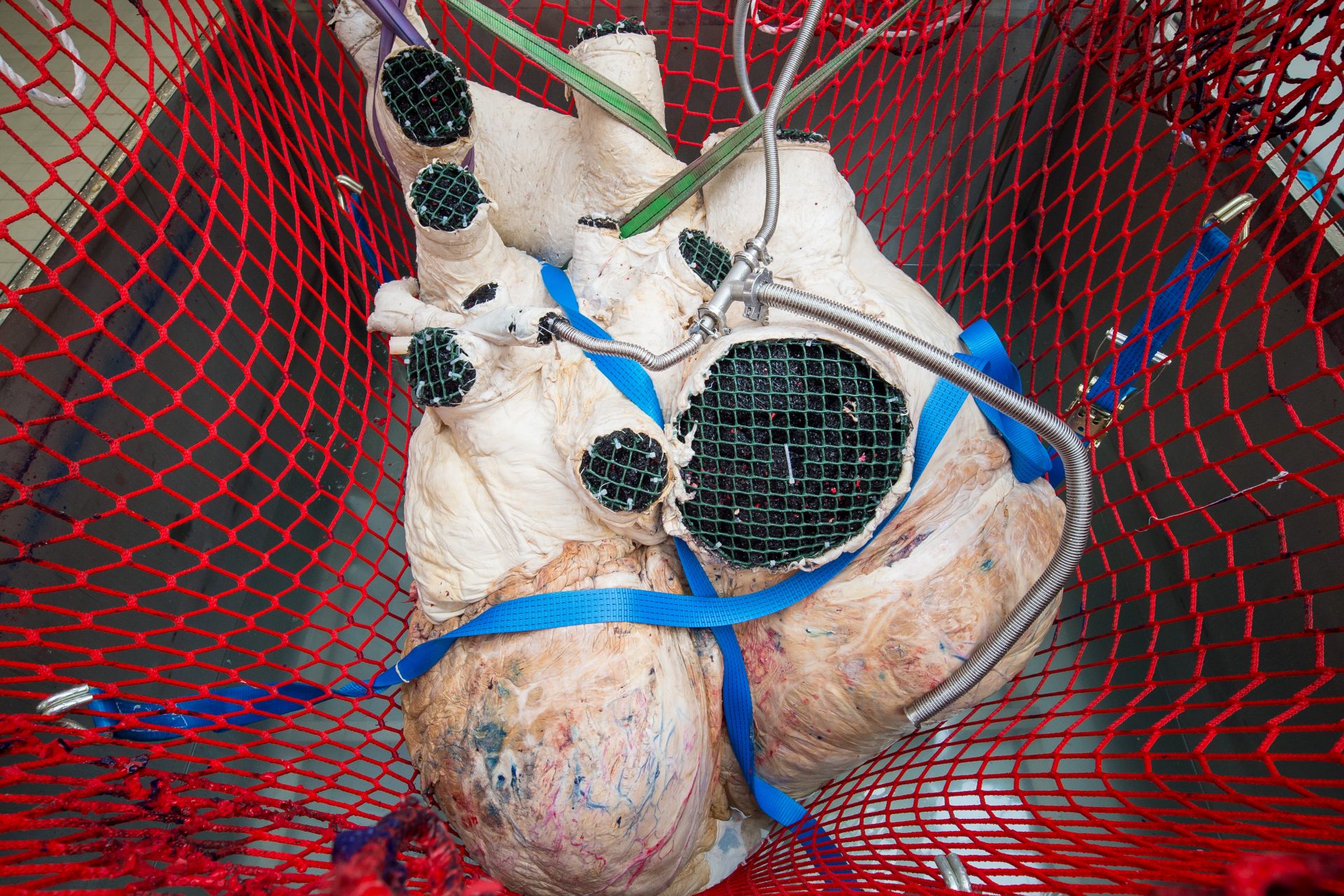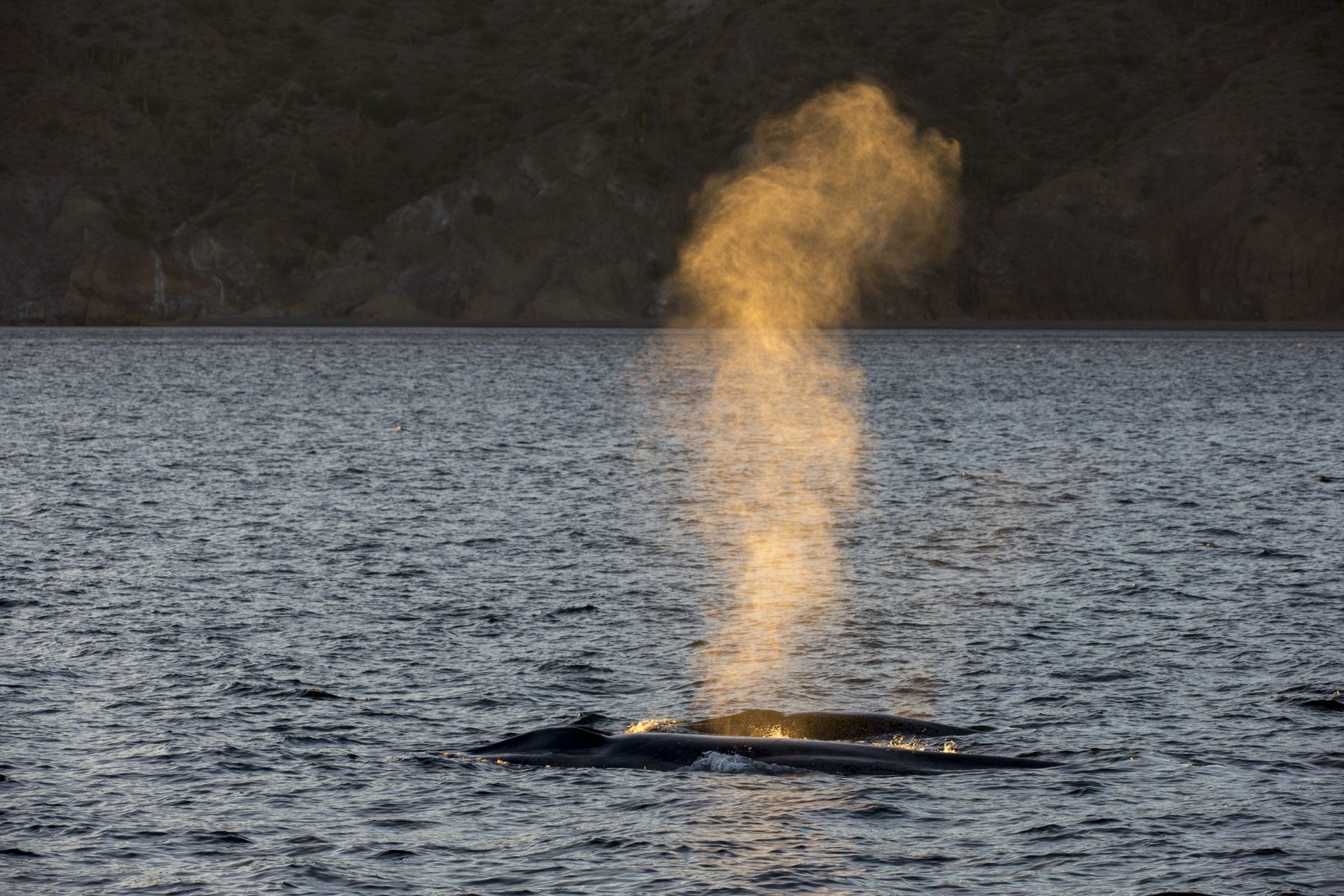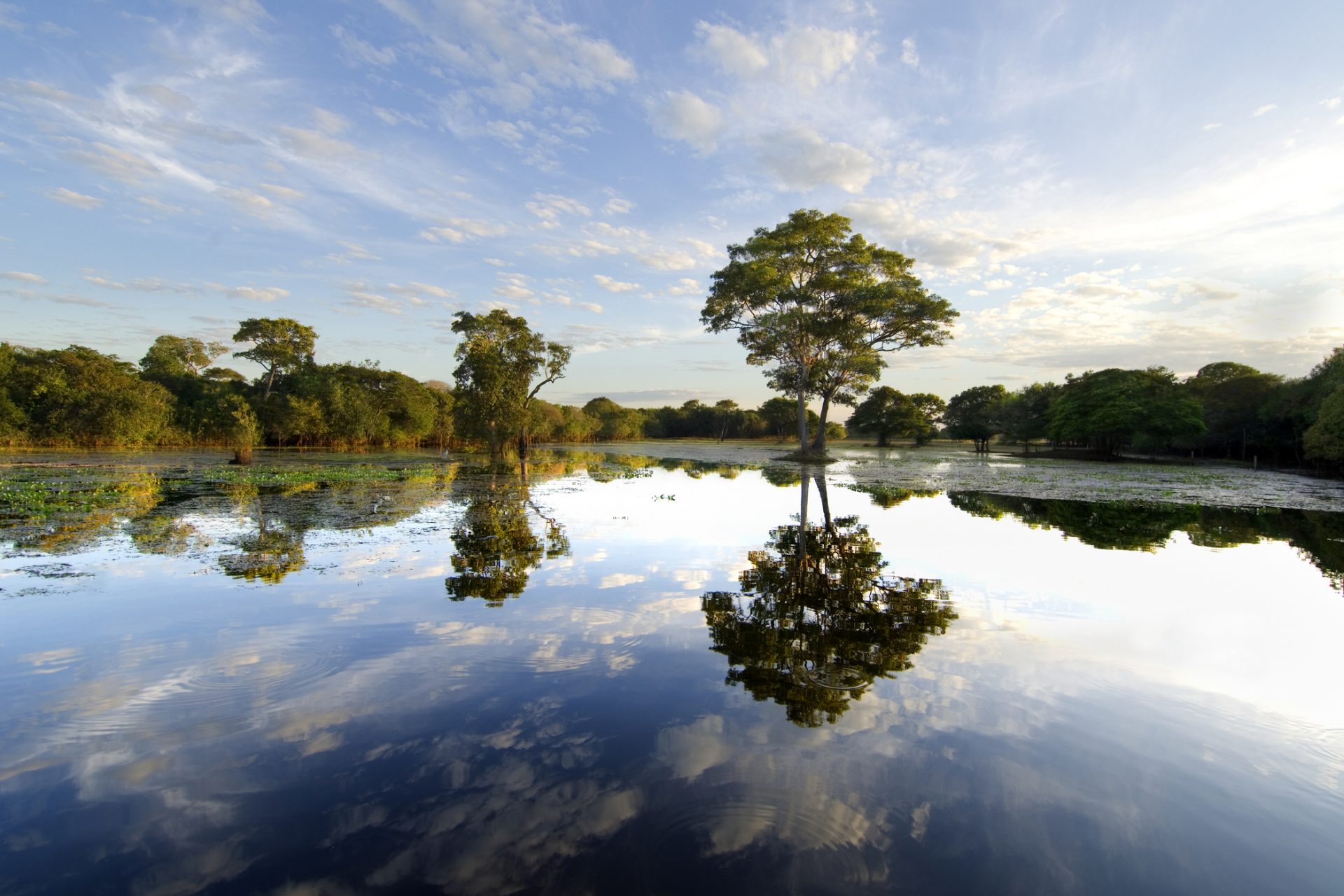The blue whale: a fascinating animal in photos and facts
With its colossal body, the blue whale is a world in motion, within the ocean. This giant of the seas, with its soft and deep dance, has characteristics that are worth knowing. Check it out in the gallery!
Follow Showbizz Daily to stay informed and enjoy more photo galleries
Known for being the largest living animal on the planet, the blue whale even surpasses the size of the old dinosaurs. As an adult, it measures around 30 meters in length and weighs more than 150 tons.
Blue whales can live for 80 to 100 years. The male blue whale is smaller than the female. The animal reaches reproductive maturity around 10 years of age and gestation lasts 11 to 12 months.
Photo: Guille Pozzi / Unsplash
Just like their parents, baby whales are also the largest in the world. They can be born, on average, 8 meters long and weigh around 4 tons.
Calves are hungry all the time, and, when they are developing, they can consume an average of 250 liters of milk and gain up to 90 kilos per day.
Photo: PuraVida_Fotografie / Pixabay
The blue whale's body color is blueish-gray, with some light spots. These stains act as fingerprints and facilitate the identification of animals.
Amazingly, a blue whale's tongue alone can weigh as much as an elephant, that is, 3.5 tons!
Photo: NOAA / Unsplash
Contrary to popular belief, the blue whale does not have teeth, but rather a row of bristles that serve to filter food from the water.
Photo: Humberto Braojos / Unsplash
There is no specific region in the world where you should go to find blue whales. They are everywhere, as long as the water is cold and deep.
Photo: Janeb13 / Pixabay
Blue whales are tireless swimmers and love to travel. On their tours, which cover thousands of kilometers. If they are in a hurry, they can reach up to 30km/h, but if the idea is to enjoy the seascape, they swim at around 8km/h.
Photo: Pixabay / Pexels
Blue whales love to 'sing' and produce complex melodies that can last up to 20 minutes each. The human ear cannot capture the sound emitted by these animals. Yet, their low-frequency noises reach up to 188 decibels, which is louder than a jet engine.
The fins (dorsal and pectoral) of a whale are relatively small. A photo like this one does not reflect accurately what's below the water! The blue whale's tail fins stand out for being wide and having a thick peduncle.
Photo: MemoryCatcher / Pixabay
The blue whale is not a major predator in the seas. On the contrary, it feeds on small animals such as crustaceans, fish, mollusks, krill, and zooplankton.
The heart of a blue whale, which is the largest of all animals, can weigh more than 170 kilograms. The size of its aorta is impressive. According to the team at the Royal Ontario Museum in Canada, the heart chamber is so large that it is big enough to accommodate a human head.
Blue whales breathe through their lungs and need to go to the surface to find oxygen. When they do, they spray a column of water that can reach between six and 12 meters in length.
Whales have a thick layer of blubber on their skin, which maintains their body temperature in colder waters. The human quest for this tissue, for industrial use, caused this population to be severely depleted in the early 20th century. Commercial hunting was banned in 1966, but it still happens in certain countries.
Follow Showbizz Daily to stay informed and enjoy more content

